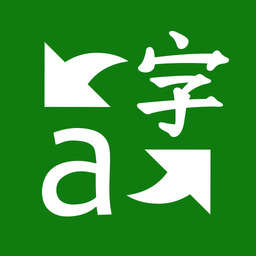
Microsoft Translator
Break language barriers: translate text, speech, real-time conversations.

About
Microsoft Translator is a multilingual communication tool that enables users to translate text, speech, and real-time conversations in over 70 languages. It is designed with practical integration in mind, working seamlessly within popular Microsoft applications such as Office 365, which streamlines workflow for those already using Microsoft's suite of products. Users benefit not only from its digital capabilities but also from its reliability and security, making it a trusted solution for confidential or sensitive communications.
The platform is accessible both online and offline, allowing users to communicate across language barriers even in areas with limited connectivity. Real-time conversation translation is particularly useful for collaborative environments, making interactions between people who speak different languages smoother and faster. Its interface is straightforward and user-friendly, ensuring minimal friction for first-time and experienced users alike.
Accessibility features, including text-to-speech and speech-to-text, support individuals with disabilities, while the free pricing tier ensures broad availability across different socioeconomic or organizational contexts. Microsoft Translator is versatile enough to serve needs in the classroom, on business trips, or in situations demanding immediate multilingual support, such as healthcare or emergency response.
Who is Microsoft Translator made for?
Microsoft Translator is best suited for professionals and organizations that regularly encounter language barriers in their daily operations. Customer support teams, help desk agents, and operations managers in global businesses often rely on such tools to communicate effectively with clients or colleagues who speak different languages. In educational settings, teachers and school administrators use it to assist multilingual classrooms and accommodate international students.
Travel industry staff, such as those in hospitality or tourism, benefit from real-time translations when interacting with foreign guests. Healthcare workers can use translation capabilities to provide better service to patients from diverse backgrounds. It is also valuable for international teams or multinational corporations with branches in multiple countries, streamlining internal communication and collaboration.
Authors, researchers, and emergency responders also find it useful in specific scenarios: conducting literature reviews in several languages, or communicating quickly with people during emergencies where language proficiency might be limited.